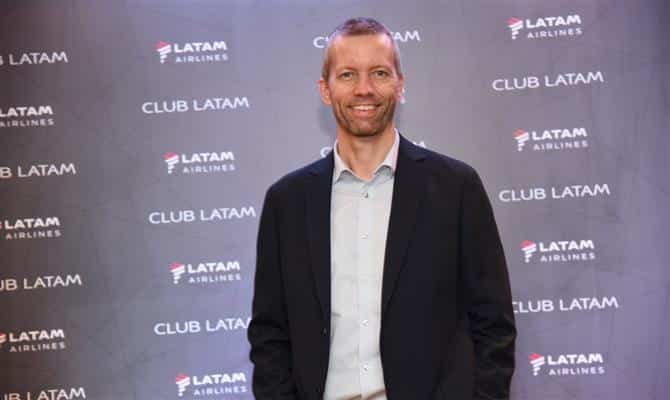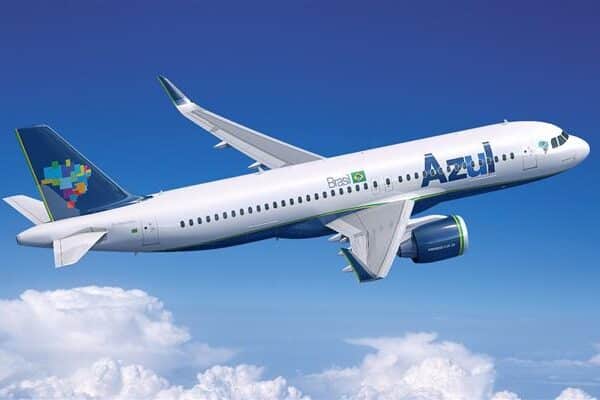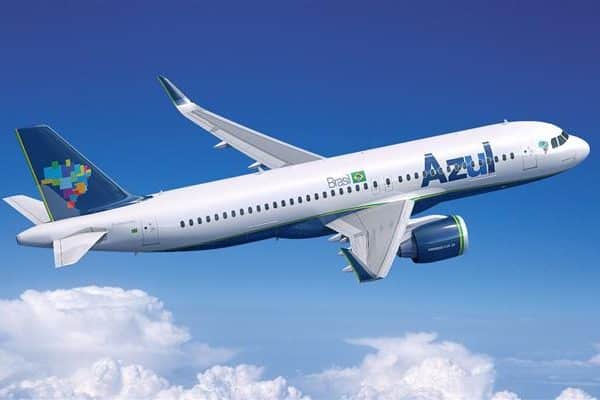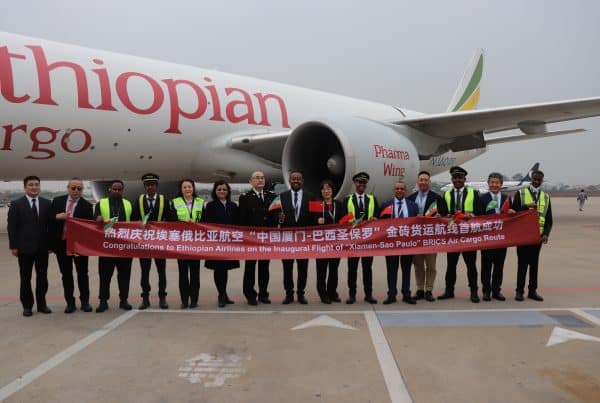
The codeshare signed between Latam and Azul expands the network of both companies with 50 domestic routes. And it is precisely this complementarity that was decisive for the handshake between the parties. According to the CEO of Latam, Jerome Cadier, given the reach of the three major Brazilian airlines, the sharing that made the most sense was precisely what was announced this Tuesday.
“Analyzing the Brazilian regions and the different networks of Latam, Azul, and Gol, a codeshare between Azul and Latam was what made the most sense, as they are the meshes with less overlap,” explains Cadier. “The trump card of the agreement is complementarity, as Azul has smaller planes, which reach more airports, while we are a company of large hubs, larger aircraft, and longer routes,” completes the CEO of Latam.
Its priority is to provide a better experience for the Latam customer and, with 50 new routes available in all its sales channels, in a single product, in a single purchase, a single ticket, with only one baggage check and one check-in, Latam believes in meeting this optimization. By improving the customer experience, the sales curve rises.
“The product will be better, and so will the customer experience. This helps us to sell more, which is the objective of this and the other several codeshares we already have,” says Cadier.
FUTURE OF PARTNERSHIP
The CEO follows the same line approached by Azul when it comes to the future of the partnership, that is, without wanting to take a step higher than the leg, although without ruling out an evolution and a win-win relationship in the future.
“First of all, the partnership is sub-regional. It may evolve on more routes, it may become international in the future, but it is necessary to develop step by step. We need to sign this first step, put the codeshare into practice, see the productivity of the agreement, and only then think about an expansion that is possible but is not a priority now. ”
Another aspect that points out that the expected result of this partnership will only appear in the medium / long term is, of course, the current demand. “Sales are still meager, although the offer is already beginning to reheat. Today we sold more than we sold in April, but it cannot be called a resumption. There is no resumption. We are achieving it gradually. It won’t be an hour to another that the movement will return since each city operates a different schedule of liberation and movement of people “, laments Jerome Cadier.
“It is difficult to say how many more passengers we will bill on account of this agreement. Many of these responses will only come when the partnership is already being executed, in a medium-term signal. The ideal scenario is that the answer would already appear in August, September, October. .”
WHO LOOKED FOR WHO?
Did Latam look for Azul or vice versa? “In a codeshare, all sides have to want it,” says Cadier. “In January, the codeshare possibility between airlines was not on our tables; it was not an alternative. However, this crisis is very impactful, as are its challenges. This partnership is yet another way that we seek to escape this more substantial moment. It is challenging to mention who sought whom. The agreement is mutual. ”
FEDERAL GOVERNMENT SUPPORT
Jerome Cadier again asked the federal government for speed with the airlines regarding financial support. “I know the difference between countries and I don’t want to compare the magnitude, but the US government has injected R $ 250 billion into local companies, while here we are talking about R$ 2.3 billion. Of course, any help is welcome, but we need agility in decisions. Latin countries have fewer resources, but it is necessary to understand that without aviation, Tourism is compromised, the economy is compromised “, claims the CEO of Latam.
“We are already in the second half of June, and from what I understand, it is not only Latam that needs this urgent support. No matter how small this money is, it needs to come soon; otherwise, the demand may return, and we will not be able to remove the planes. From the floor, ” he concludes.




